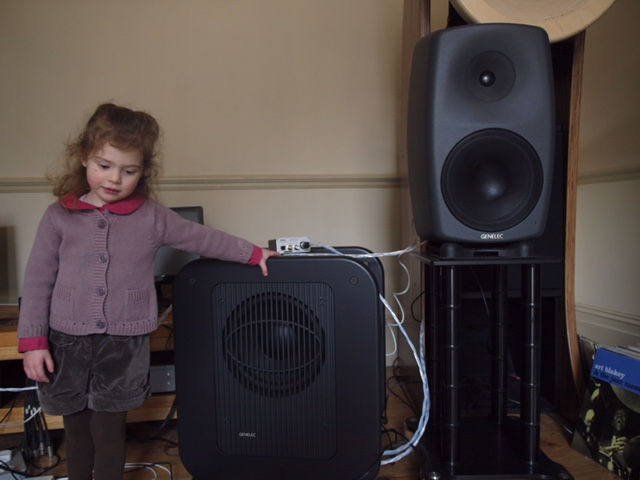Where's the best position for my loudspeakers?
- Keith Cooper

- Feb 23, 2024
- 3 min read
Positioning loudspeaker and listening positions:-
There are a couple of really useful tools that can help if you are thinking about where to position loudspeakers and of course yourself in the room.
Online room mode calculators, you don't need a microphone to use these just measure your room's physical dimensions and enter them, I like the 'Amroc' software.
Which now includes the capability to predict non-rectangular rooms.
Simply enter your rooms dimensions and the software displays the main axial, tangential and oblique room modes.

The fundamental axial modes are the frequencies that have the most energy and will excite the room, 1-0-0, 0-1-0, 0-0-1 length width and height which are going to be the red bars on the left of the plot.

It also produces a list axial modes.
The deepest mode that can occur is when half of a waves length fits between two walls. The next mode happens at twice that frequency, the next at three times that frequency and so on. 1 stands for that first (half wave length mode), 2 for the second and so on.
Knowing the standing wave frequencies can be extremely useful to track down the specific frequency which is causing 'boom', you can corroborate with a frequency generator, more of which later.
Amroc also has a comprehensive 'explainer' page which is well worth reading, in the 'articles' section.
Amongst its other features is a virtual 3D room which displays the pressure zones as you enter the specific frequency.
The second really useful tool is of course REW ( Room EQ Wizard) developed by John Mulcahy.
We are going to use its 'room simulation' feature which you can find on the header bar, again no measurement microphone needed.
To summarise, an online room mode calculator can help pinpoint specific frequencies which may be the cause of ‘boomy’ bass.
Boomy or one note bass is nothing to do with the loudspeaker it is just an excess of energy caused by a standing wave in your room.
Standing waves are solely derived from the room’s dimensions and are most effectively treated with EQ.
REW's 'room simulation'.
Open the tab and enter your room’s physical dimensions and then the current positions of your loudspeakers and listening position.
You can virtually drag the loudspeakers around and a measurement grid helps you position everything accurately, the smaller window below shows you the elevated view so you can also adjust for height.
As you move speaker and listening position the frequency response plot ( top right) changes allowing you to see the effect of moving on specific frequencies and the FR (Frequency Response) as a whole.
You can add subwoofers and virtually drag those around too, it won’t be perfect because it only accounts for perfectly rectangular rooms but it will give you a general idea of the best or least worse placement options.

Actually seeing how the response changes as you change virtual positions is really enlightening, for example in my room above, the first (half wave length mode) is at 28.5 Hz if I drag my listening position to the middle (lengthwise) of my room there is an almost perfect cancellation, but at either end of the room lots of bass!
I should also return to REW's 'frequency generator' function that I mentioned earlier, you can use this to corroborate the online room mode calculator.
Select 'tones' and 'sine' and then you can scroll through the various frequencies, again in my room if I select a 28.5Hz frequency I would expect to hear a great deal of bass standing against the rear wall, that bass decreasing to almost nothing as I reach the middle of the room and then increasing again as I reach the far end.
Both the online room mode calculator and REW's 'room simulation' do not need a microphone, however measurement with a microphone is much more accurate and recommended, the microphone does not need to be expensive or particularly accurate as we are only looking for relative differences betwen one frequency and another.
Next time we will discuss acoustic measurement with REW using a microphone which of course is the ideal, and exploring how as well as measuring REW actually creates the filters you need to implement for deep bass without 'boom'!




Comments